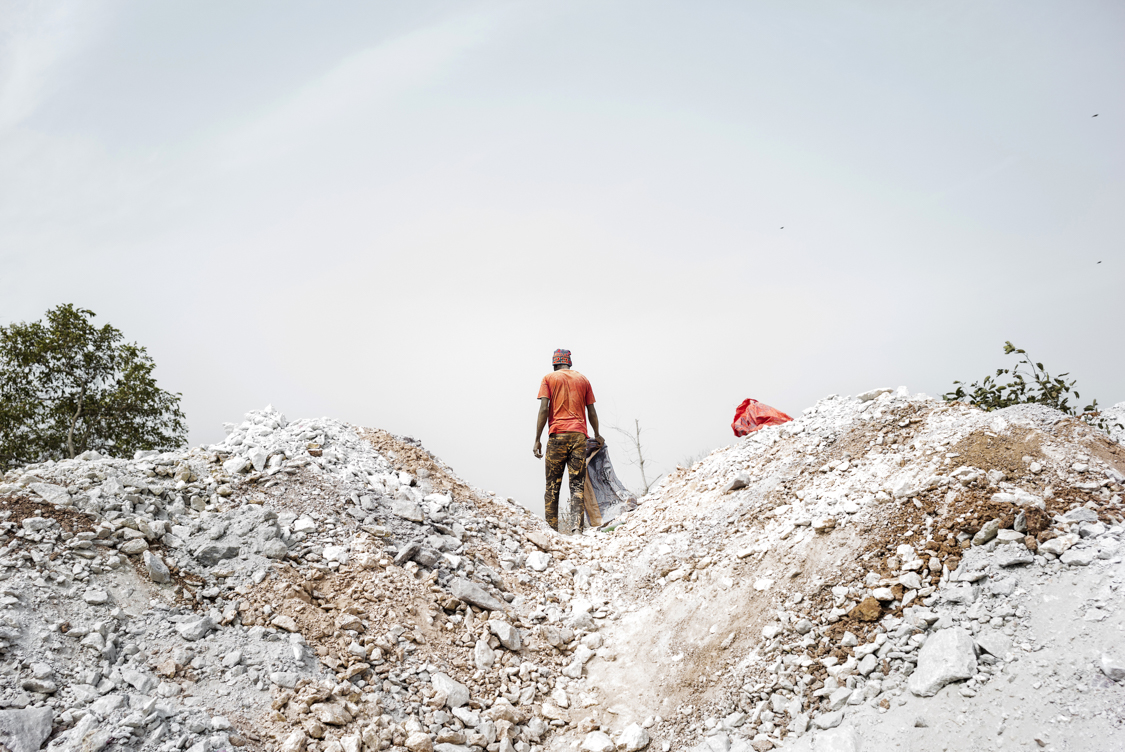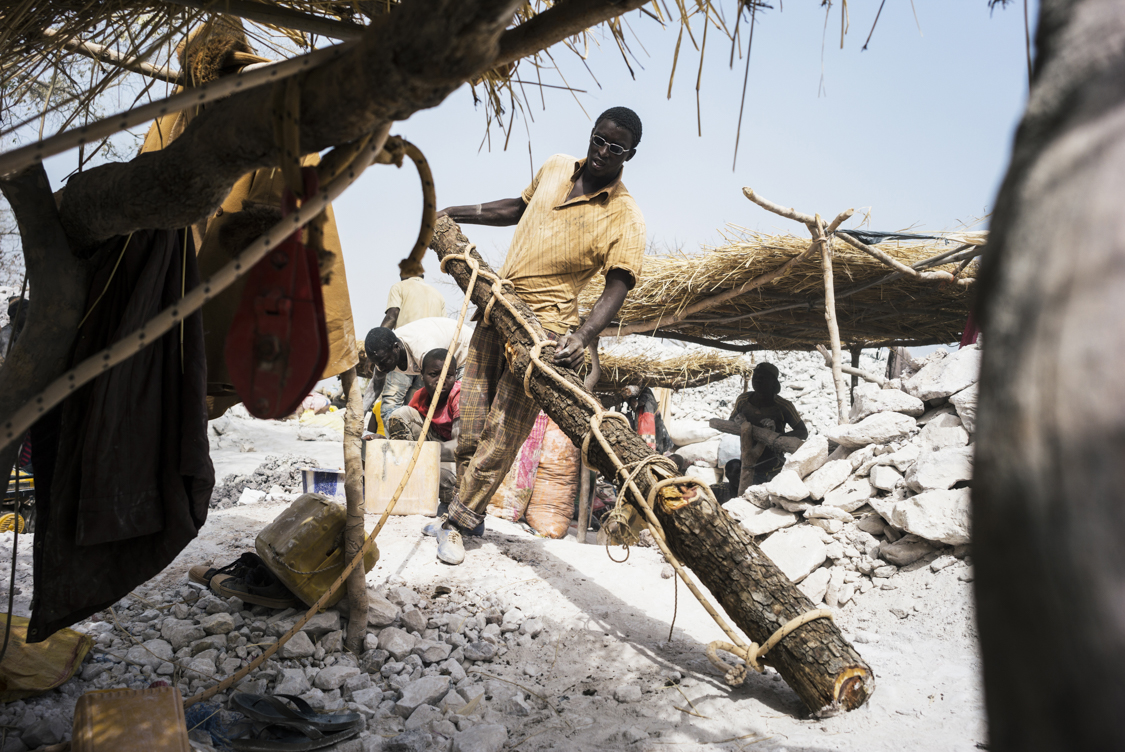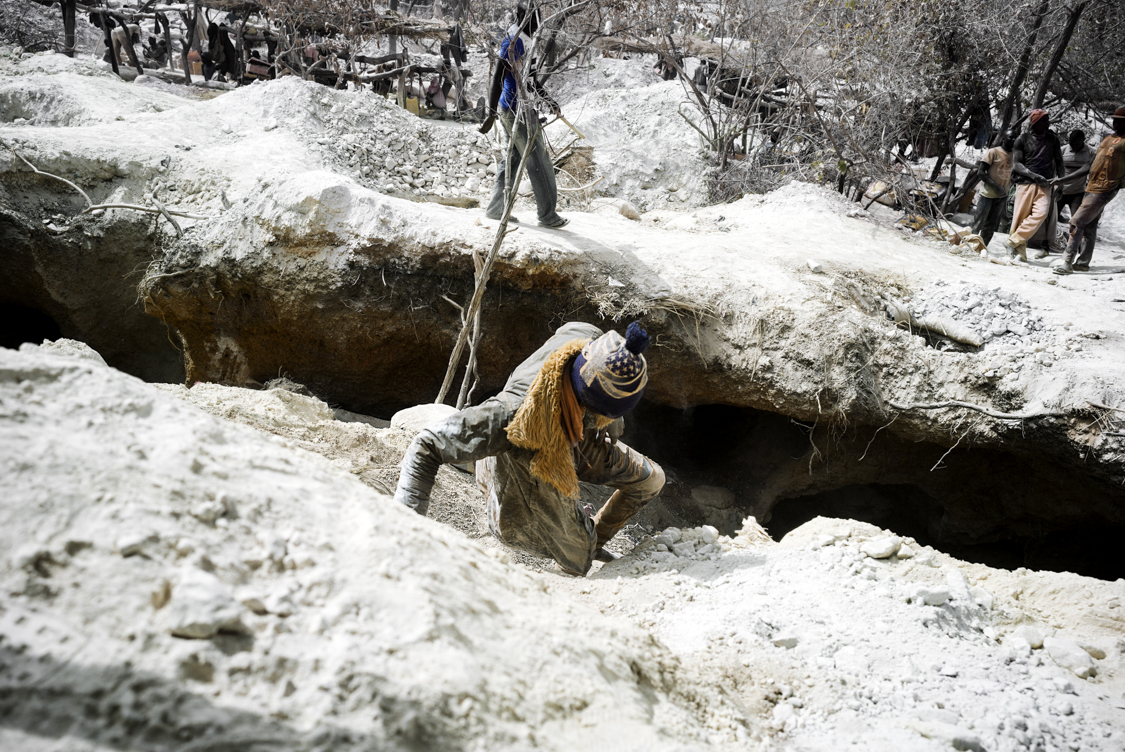Matthieu Rosier
The underside of gold
Before gold becomes jewelry, electric conductor in our cell phones or lingos in the safes, the path is long and devastating for men and his environment.
This photography report "The underside of gold" talk about the contrast between the mining regions of western Mali and the profits market's gold. What is the real usefulness of gold, and what are the social and environmental consequences of its production?
The gold market is a more or less stable variant. Since a decate the price of gold is doing well, the yellow metal is a profitable investment. Gold rushes multiply, multinationals invest millions in advanced mining industries; sacrificing entire areas of West Africa, resulting in massive pollution of soil and air, disease, displacement and suppressing any other regional economy. The dictatorship of the monoculture of gold swallows everything in its path.
Gold is the flagship sector of the Malian economy in terms of resources generated (on average 250 to 300 billion FCFA per year), which represents more than 7% of GDP, 75% of export values and 25% of GDP. % of the national budget. Gold is the first product exported from Mali, behind cotton and livestock. More than one million Malians work in the mining sector.
Under this profitable economy, hard work, child labor, pollution, health problems are underestimated. The poorest region of Kayes in Mali has become a gigantic open pit mine. Large international mining cooperatives cross the road of the gigantic artisanal mines, leaving behind dead and polluted landscapes (Cyanure, Arsenic, Mercury). If the search for gold is a real direct economy for the local population, the work of gold panning remains toxic and dangerous, health problems are frequent, insecurity increases and other economies such as agriculture and transumences disappear.
Matthieu Rosier
Matthieu Rosier (France 1984), lives between Paris and Bamako. Hes has been graduated from Cergy-Pontoise Fine-Arts and from the Arles School of Photography. Soon he will use photography as a medium and tool of socials issues and will position himself in a photographic field between Art and Documentary.
Today his work of author concentrates on photography and film documentary projects of long-term investigations. He works on geopolitical and socio-economic issues in Mali, showing the imbalances caused by the wars and globalization and its impact on populations and environment.
He collaborates with French press newspapers and magazines. His work has been exhibited at the Rencontres de la Photographie in Arles, at the Filles du Calvaires gallery (Paris), and at various festivals in France and abroad (Les Boutographies, Photo Odessa).




















